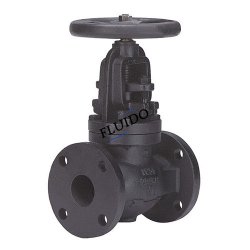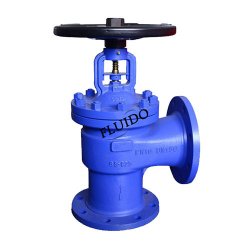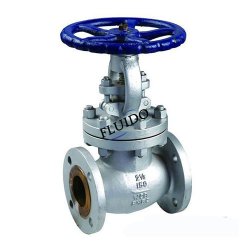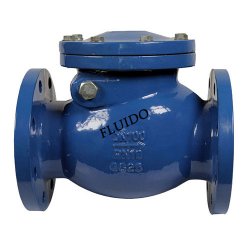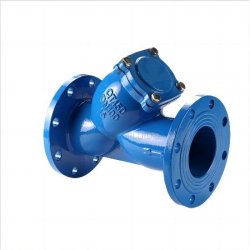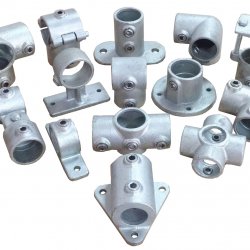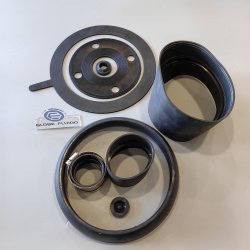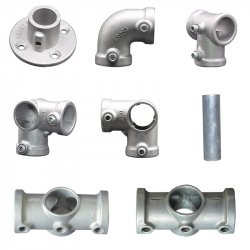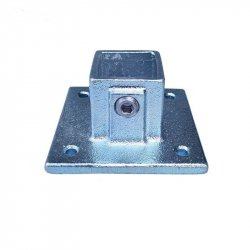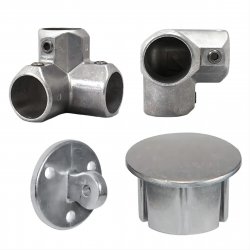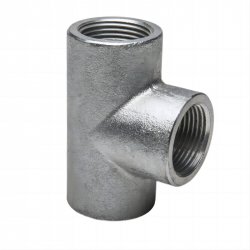Export Office: 21Floor, No.5 Nanhai Zhi Road,Qingdao, Shandong ,China
Work Shop: Beian Industrial zone, Qingdao,Shandong,China
+86 532 88550858
Martin
Products
MSS SP-85 CLASS 125 Cast Iron Globe Valve
View MoreDIN Angle Globe Valve
View MoreAPI/BS Cast Steel Globe Valve
View MoreSwing Check Valve
View MoreFlanged Dual Plate Wafer Check Valve
View MoreBall Check Valve
View MoreLift Check Valve
View MoreSilent Check Valve
View MoreY Strainer Flange End
View MoreNon-standard flanges
View MoreDuctile Iron Butterfly Valve Body Wafer Stype
View MoreMalleable Iron Pipe Clamp
View MoreDismantling Joints
View MoreCustom Molded Rubber Parts
View MoreAluminum Key Clamp Fittings Based Flange And Elbow
View MoreFlat Flange
View MoreUniversal Coupling
View MoreGalvanized Square Key Clamp Fittings
View MoreAluminum kee safety pipe clamp
View MoreBS EN 10241 Mild Steel Threaded Fittings
View MoreGet A Free Quote
Pipe fittings are used to connect pipes, to change flowing direction, or to change the pipe diameter. According to the shapes and uses, pipe fittings include elbows( 45 degrees or 90 degrees), tees, crosses, unions, end caps, and couplings.
Pipe fittings have many different series to accommodate different applications and requirements.Here are some common series which FLUIDO can supply:
A) Butt weld pipe fittings: These fittings are used for welding pipes together. The common materials are carbon steel or stainless steel. Because the weld connection is strong and leak-proof, so butt weld steel pipe fittings can be used in various industrial applications, especially for high-pressure and high-temperature scenes.
B) Forged steel pipe fittings: These fittings are made by heating and hamming a piece of steel. This production process makes the fittings more durable and stronger than casting ones. They usually have a thicker wall thickness and can bear higher pressure and higher temperatures than other types of pipe fittings. Because the costs are higher, forged pipe fittings are only used in high-pressure or high-temperature pipe systems. And not be used for big-size pipelines. The sizes are usually from 1/4” to 6”. According to the material, there are carbon steel forged pipe fittings and stainless steel forged pipe fittings.
C) 150 lb stainless steel pipe fittings: These stainless steel pipe fittings are threaded fittings. They connect with pipes by threads without welding. These fittings can be used in pipe systems like plumbing systems where the pressure is under 150lb, and which need corrosion resistance.
D) Malleable iron pipe fittings: These fittings are made from a type of cast iron malleable iron, which can be easily shaped and formed. They are commonly used in plumbing systems and other applications where strength and durability are required. Similar with 150lb stainless steel screwed pipe fittings, malleable iron pipe fittings also come with threads for easy installation. We didn’t show malleable iron pipe fittings on our website, but these are also our main products.
E) Ductile iron pipe fittings are made from ductile iron by casting. Ductile iron has a microstructure which makes it more durable, strong, and flexible. Ductile iron fittings can be used in oil, water, and gas systems, etc.,
The flange has a center hole and some bolt holes around it. They are usually used to connect pipes with pipes or with valves or other equipment. Normally one end is welded or threaded to pipes and another end connects the equipment with bolts. Size usually from 1”-24”. Qingdao Fluido is a manufacturer of different types of flanges and has big advantages in prices. We have a mature quality control system, which can ensure stable quality.
According to connection types, there are weld neck type, slip-on type, socket weld type, threaded type, lap joint type, blind type, backing flange, and spectacle blind flange etc.,
1. Weld Neck Flange: This type of flange has a neck for welding to pipes. It can bear high pressure and has good performance of leak-proof. It is widely used in various applications.
2. Slip-On Flange: This flange slides over the end of a pipe or fitting and is then welded in place. It is easier to align and install compared to a weld neck flange. However, the pressure bearing capacity is not as good as the weld neck flange.
3. Socket Weld Flange: This type of flange has a socket end, insert the pipe end on the socket end and weld the pipe with the top of the flange. This type of flange is usually used for small-sized pipes with high pressure.
4. Threaded Flange: These flanges have threads that allow them to be screwed onto a pipe or fitting. They are commonly used in low-pressure applications.
5. Lap Joint Flange: This type of flange has two parts, a stub end fitting and a backing flange.The flange slides on the stub end and welds the stub end to the pipe end. This allows the flange can be moved on the pipes. It is often used in applications where frequent dismantling is required.
6. Blind Flange: This flange doesn’t have a center bore, it is used to block off a pipe.
7. Spectacle Blind Flange: This type of flange is like a number 8, it has two pieces of flanges, one is blind and another one has a bore, the two are connected together with a metal band. It is normally cut from one piece of metal plate. It can be rotated to block or allow flow through the pipe for easy maintenance.
Valves are used to control the flow in pipe systems. Some can stop the flow or let it go like a gate valve, or butterfly valve, some can control the flow rate like a ball valve, some can keep the medium flow in one direction like a check valve or globe valve, and some can control the pressure in a system like pressure release valve. The different valves are used in different applications based on the different requirements and environments. Qingdao Fluido has a factory that can supply cast iron valves and cast steel valves of different types. Please visit FLUIDO VALVES to understand more about our valve products.
Pipe nipples and couplings are used to connect two pipes together. They are made from pipes, cut pipes to short sizes, and make threads on one end or both ends according to different requirements. The short pipes with male threads are called pipe nipples, with female threads called couplings. Pipe nipples and couplings also different types, like hose nipples, hex nipples, barrel nipples, close nipples, full couplings, half couplings and reducing couplings, etc., Qingdao Fluido can manufacture different types of pipe nipples and couplings.
Pipe hangers are used to support and secure pipes to walls, ceilings, or other structures. They come in various designs, including adjustable clevis hangers, swivel ring hangers, split ring hangers, etc., Pipe clamps can connect pipes or other equipment without welding or threading. Pipe clamps usually come with steel shells and rubber seals. Pipe clamps have many different types, hose clamps, heavy type clamps, pipe repair clamps, no-hub pipe clamps, and u-bolt pipe clamps etc., We can supply various of pipe clamps, welcome to contact us if you need any pipe clamps.
1. What are pipe fittings?
Pipe fittings are components used to connect, control, and redirect the flow of liquid or gas through a piping system. They come in various shapes, sizes, and materials to accommodate different types of pipes and applications.
2. What are the different types of pipe fittings?
There are several types of pipe fittings, including elbows, tees, reducers, couplings, unions, and adapters. Each type serves a specific purpose in a piping system, such as changing the direction of flow, connecting two pipes of different sizes, or joining pipes together.
3. What materials are pipe fittings made of?
Pipe fittings are commonly made of metal, such as stainless steel, carbon steel, brass, or copper. They can also be made of plastic, PVC, or other materials depending on the application and the type of pipe being used.
4. How do I choose the right pipe fitting for my application?
When selecting a pipe fitting, consider factors such as the type of pipe being used, the size and pressure rating of the piping system, the temperature and chemical compatibility of the materials being transported, and the required flow rate and direction.
5. Where can I buy pipe fittings?
Pipe fittings can be purchased from hardware stores, plumbing supply stores, online retailers, and specialty piping suppliers. It is important to choose a reputable supplier that offers high-quality products and provides good customer service.
6. Do pipe fittings come with warranties?
Some manufacturers may offer warranties on their pipe fittings, depending on the type of fitting and the materials used. It is important to check the warranty information before purchasing to ensure that you are covered in case of defects or malfunctions.
7. What is a valve?
A valve is a mechanical device that regulates the flow of fluids, gases, or slurries by opening, closing, or partially obstructing passageways.
8.What are the different types of valves?
There are many different types of valves, including ball valves, gate valves, globe valves, butterfly valves, check valves, and pressure relief valves, among others.
9. What are valves used for?
Valves are used in a wide range of industries and applications, including in plumbing systems, heating and cooling systems, oil and gas production, water treatment plants, chemical processing, and power generation, among others.
10. How do valves work?
Valves work by controlling the flow of fluid or gas through a passageway. They can be opened or closed manually, automatically, or by the pressure of the fluid or gas passing through them.
11. What are some common problems with valves?
Common problems with valves include leaks, corrosion, blockages, and malfunctions due to wear and tear. Regular maintenance and inspection can help prevent these issues.
12. How do you select the right valve for a specific application?
When selecting a valve for a specific application, factors to consider include the type of fluid or gas being controlled, the pressure and temperature conditions, the flow rate, the size and material of the valve, and any special requirements or regulations that need to be met.
13.How do you maintain and repair valves?
Valves should be regularly inspected, cleaned, and lubricated to ensure they are functioning properly. If a valve is not working correctly, it may need to be repaired or replaced by a qualified technician.
14. What is a flange?
A flange is a flat, circular piece of material that is used to connect two pipes, valves, or other equipment together.
15. What are flanges made of?
Flanges are typically made of metal, such as carbon steel, stainless steel, or aluminum. They can also be made of plastic or other materials for specific applications.
16. What are the different types of flanges?
There are several different types of flanges, including weld neck flanges, slip-on flanges, socket weld flanges, lap joint flanges, and blind flanges.
17. What is the purpose of a flange gasket?
A flange gasket is used to create a seal between two flanges, preventing leaks and ensuring a tight connection.
18. How do I choose the right flange for my application?
The right flange for your application will depend on factors such as the pressure and temperature of the system, the size of the pipes, and the material being transported. It is important to consult with a professional to determine the best flange for your specific needs.
19. How do I install a flange?
Flanges are typically installed by bolting them together with nuts and bolts. It is important to ensure that the flanges are properly aligned and tightened to prevent leaks.
20. Can flanges be reused?
Flanges can typically be reused multiple times, as long as they are not damaged or corroded. It is important to inspect flanges for any signs of wear or damage before reusing them.
21. What is the difference between a raised face flange and a flat face flange?
A raised face flange has a raised surface around the bolt holes, which helps to create a tighter seal when the flanges are bolted together. A flat face flange has a flat surface around the bolt holes and is typically used in low-pressure applications.
